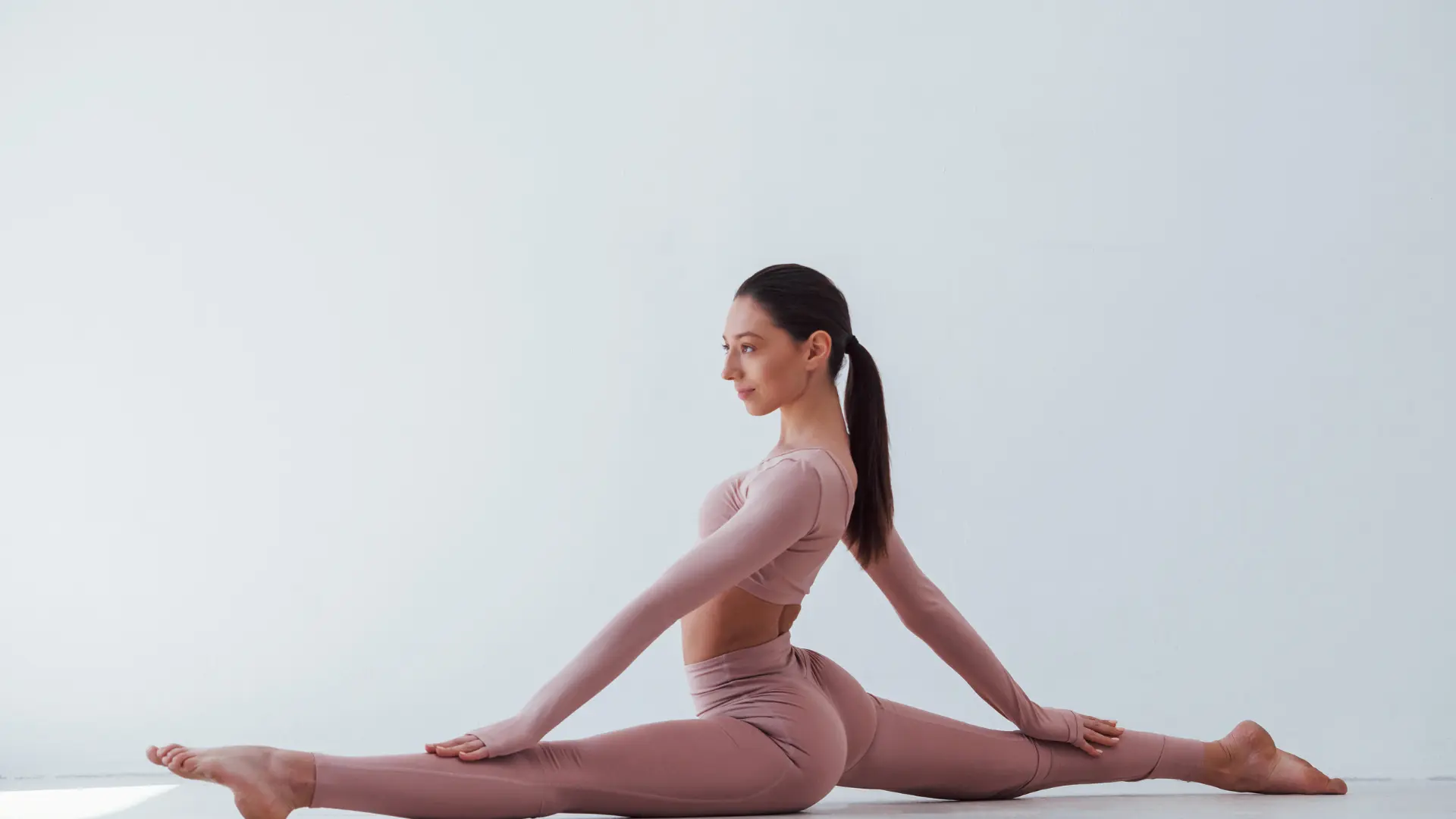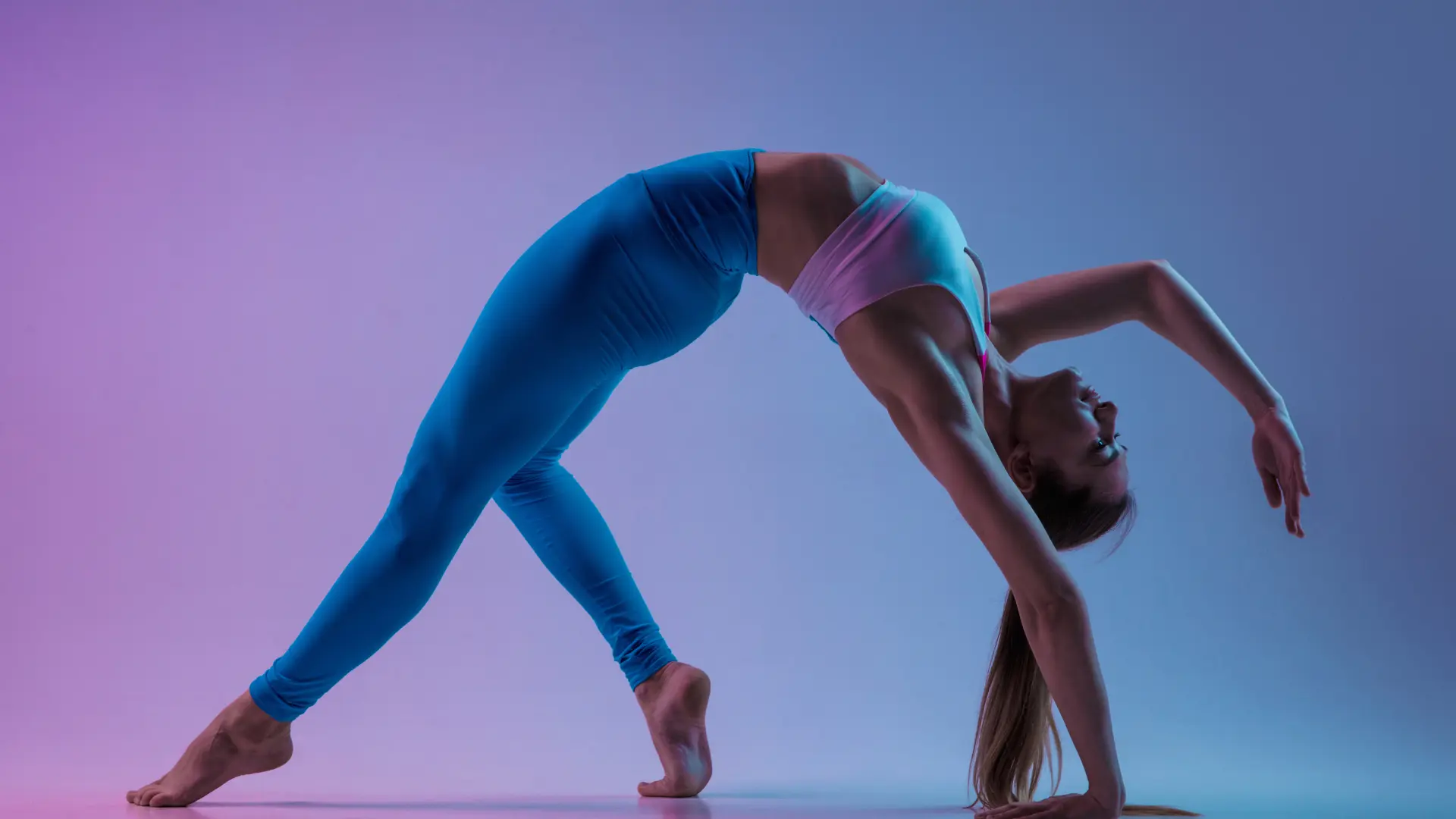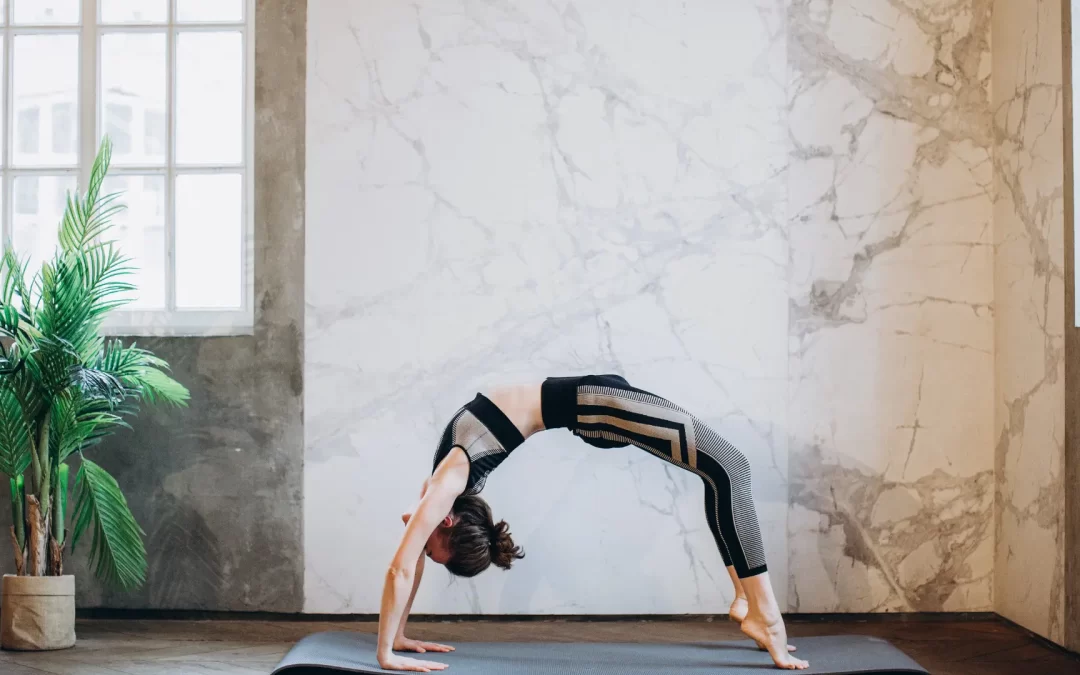How Yoga Improves Flexibility and Strength?
Yoga, an ancient practice, blends physical postures, breathing exercises, and meditation to promote overall well-being. While many seek yoga for stress relief, it offers significant physical benefits, notably in flexibility and strength. The postures stretch and lengthen muscles, tendons, and ligaments, enhancing flexibility and joint mobility. At the same time, yoga uses body weight as resistance, engaging multiple muscle groups to build strength and endurance. Through consistent practice, yoga fosters a balanced development of flexibility and strength, improving physical health and functionality while also supporting mental relaxation and focus.
What is Flexibility?
Flexibility is the ability of your muscles and joints to move through their full range of motion. Good flexibility makes everyday activities easier, reduces the risk of injuries, and helps maintain good posture.

What is Strength?
Strength refers to the ability of your muscles to exert force. It is not just about how much weight you can lift but also about the endurance of your muscles, which means how long they can perform an activity without getting tired.
How Yoga Improves Flexibility
- Stretching Muscles: Online yoga classes for flexibility involves a variety of poses that stretch different muscle groups. When you hold a pose, you gently stretch your muscles, which increases their length and flexibility. Over time, these stretches help your muscles become more pliable and less stiff.
- Lengthening Tendons and Ligaments: Tendons and ligaments connect muscles to bones and bones to each other, respectively. Yoga stretches help lengthen these connective tissues, which improves joint mobility and overall flexibility.
- Increasing Blood Flow: Many yoga poses improve blood circulation to your muscles. Increased blood flow helps to deliver essential nutrients to the muscles, which supports their flexibility and healing.
- Gradual Progression: Yoga encourages gradual improvement. You start with basic poses and as your flexibility increases, you can move to more advanced poses. This gradual progression helps prevent injury and allows for continuous improvement.
- Relaxation and Breathing: Deep breathing during yoga helps to relax muscles. When you breathe deeply, you can stretch further because your muscles are more relaxed. This relaxation also helps reduce muscle tension and stiffness.
How Yoga Improves Strength

- Body Weight Exercises: Many yoga poses use your own body weight as resistance. For example, poses like the plank and downward-facing dog require you to hold your body in a way that strengthens your muscles. This resistance builds muscle strength.
- Engaging Multiple Muscle Groups: Yoga poses often involve multiple muscle groups working together. For instance, a warrior pose engages your legs, core, and arms. This engagement helps build overall strength as different muscles work together to maintain the pose.
- Balancing Strength and Flexibility: Strength and flexibility go hand-in-hand in yoga. By improving flexibility, you also help your muscles move more freely, which allows for better strength-building exercises. For example, being flexible can help you hold a pose longer and more effectively, enhancing muscle strength.
- Core Strength: Online yoga classes places a strong emphasis on core strength. Many poses require you to engage your abdominal muscles to maintain balance and stability. A strong core supports better posture, reduces back pain, and improves overall strength.
- Endurance Building: Holding poses for extended periods builds muscular endurance. Unlike weightlifting, which might focus on quick bursts of strength, yoga encourages holding poses for longer, which increases the stamina of your muscles.
Types of Yoga and Their Impact

Different types of yoga can have varying impacts on flexibility and strength:
- Hatha Yoga: This is a gentle form of yoga that is good for beginners. It focuses on basic poses and breathing exercises, which helps in gradually increasing flexibility and strength.
- Vinyasa Yoga: Known for its flowing movements and sequences, Vinyasa yoga helps build strength and flexibility through continuous movement and transitions between poses.
- Ashtanga Yoga: This is a more intense form of yoga that involves a set sequence of poses performed in a specific order. It helps build significant strength and flexibility through rigorous practice.
- Bikram Yoga: Practiced in a heated room, Bikram yoga involves a series of 26 poses. The heat helps muscles to become more flexible and the practice builds strength through intense poses.
- Yin Yoga: This form focuses on holding poses for longer periods to target deep connective tissues. It improves flexibility and promotes relaxation, which can complement strength-building practices.
Discover the benefits of yoga for flexibility in our latest blog, “Is Yoga Good For Flexibility?” and learn how it can enhance your range of motion.
Tips for Getting the Most Out of Yoga

- Consistency: Regular practice is key. Even short, daily sessions can yield great benefits. Aim for at least 2-3 times weekly to see noticeable improvements.
- Listen to Your Body: Listen How your body feels during each pose. Don’t push too hard; instead, gently stretch and strengthen at your own pace.
- Use Props: Yoga props like blocks, straps, and bolsters can help you achieve better alignment and support. They are especially useful for beginners.
- Warm Up and Cool Down: Always start with a warm-up to prepare your muscles and end with a cool-down to relax them. This helps in preventing injuries and ensures a balanced practice.
- Stay Hydrated: Drink plenty of water before and after your yoga session to keep your muscles hydrated and functioning well.
Conclusion
Yoga is a powerful practice for improving both flexibility and strength. Through its various poses and techniques, it helps stretch and lengthen muscles, engage multiple muscle groups, and build endurance. By incorporating yoga into your routine, you can enjoy greater flexibility, increased strength, and overall better physical health. Whether you are a beginner or experienced practitioner, yoga offers benefits that can enhance your body’s capabilities and support a healthier lifestyle.
Inquiry
If you have any questions, please feel free to reach out. We’ll be glad to help!

